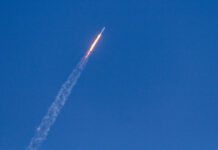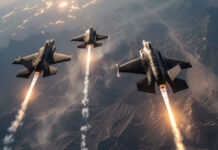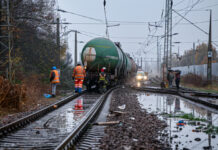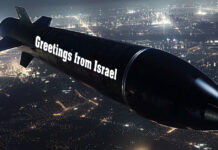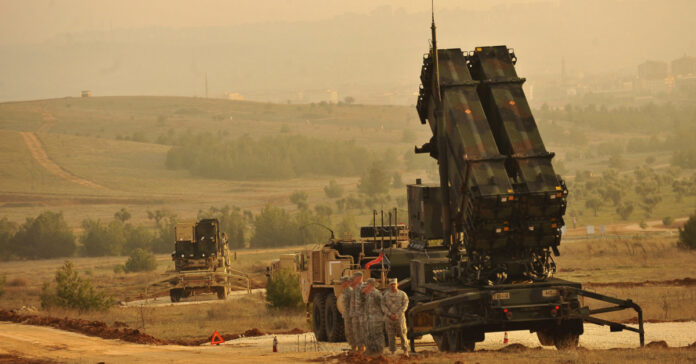
I can almost hear them in the Pentagon taunting the Russians by saying in a sing-song voice, “Our missiles are better than your missiles. Nyah, nyah, nyah.” OK, maybe they aren’t saying it out loud, but it would not surprise me if a few folks for thinking it.
Russia reportedly launched 18 missiles at Kyiv on the 16th and all 18 were intercepted by the new Western air defense systems, including the Patriot system. The attack included six of the supposedly “unstoppable” KH-47 Kinzhal missiles, three S-400 missiles, and nine Kaliber cruise missiles launched from the Black Sea by the Russian Navy.
This is good news for the U.S. and its many allies that host Patriot missile systems. We can only hope that our factories are churning out more missiles by the hundreds and more launchers by the dozens. Not only will Ukraine need more missiles, so will we. I expect we will also see increased interest from NATO countries wanting to host Patriot batteries.
Good News, Bad News
The Patriot’s success is bad news for Russia, which has enjoyed its ability to target Ukrainian civilians and infrastructure. Furthermore, it casts doubt on the efficacy of Russia’s advanced weapons systems and raises the question of whether they were lying when they said the Kinzhal could fly 10 times the speed of sound. We know their army failed to live up to expectations in the initial assault on Ukraine. This casts doubt on how their latest generations of tanks and aircraft would fare against advanced NATO systems instead of our castoffs. Will they also fail to live up to Russia’s propaganda?
And how must China feel after pulling ahead of the U.S. with their own hypersonic missile, only to learn that a missile defense system that is 40 years old (although upgraded multiple times) can shoot down hypersonic missiles? I bet commanders all over the world are doing some recalculating.
Sewing Doubt on the Field of War
After this example of U.S. anti-missile prowess, both the Chinese and the Russians will have to re-evaluate their plans for fighting the U.S. and/or NATO as it may affect their chances of taking out key U.S. defenses and achieving air superiority in a specific theater.
If the Patriots are that good, what about our other systems? I expect Russians are wondering about the effectiveness of our anti-ballistic missile systems that would shoot down ICBMs or submarine-launched missiles. This could cause them to think a first strike would be less effective than planned.
Likewise, the Chinese are no doubt wondering if our shipboard systems on naval craft would be as successful against their “carrier killers” and other offensive missiles. They also have to be thinking twice about the Patriot systems in Taiwan, which the U.S. agreed just last year to upgrade with improved radar and the newest generation of missiles. Will that cause them to adjust their plans?
Lessons Learned
The Russian invasion in Ukraine has not allowed the U.S. to stun the world with its military might like we did in the first Gulf War when we blew Saddam Hussein’s army to smithereens and cut through their defenses like a hot knife through butter, but it has driven home the point that we still have the best weapons systems in the world. Our stinger missiles can take down Russian jets and helicopters as effectively today as they did in the hands of the Mujaheddin in Afghanistan. Russian tanks are toast when faced with Javelin missiles. And now, our Patriot missiles systems have proven themselves effective when facing multiple inbound top-of-the-line Russian missiles.
None of these systems are perfect. All of them face limitations and won’t work in every scenario. (That’s why we layer our systems, giving us two or three bites at the apple.) But they are still game changers, and having a proven game changer on the front line is preferred to having a possible game changer sitting on the bench.
Look at the Iron Dome system and the huge difference it has made in Israel as they counter thousands of inbound missiles. If Kyiv and other Ukrainian cities could reach a point where 90 percent of Russian missiles are destroyed or land harmlessly in empty countryside, that could change the face of the war.
Today’s success in Ukraine can also change the future plans of our enemies and potential enemies, making them more cautious and less likely to step over the line. In my book, that’s a good thing.
UPDATE: After publication, there has been some news coverage expressing doubt that all missiles were intercepted. Also, the Russians have claimed that they “blew up” a Patriot missile while the allies are saying there may have been some minor damage to one. Once again, we are seeing the two sides battle with propaganda as well as weapons.


